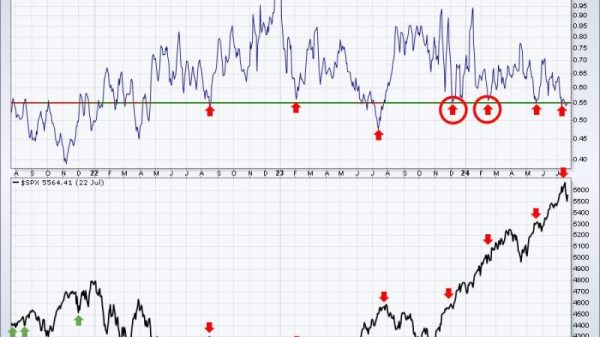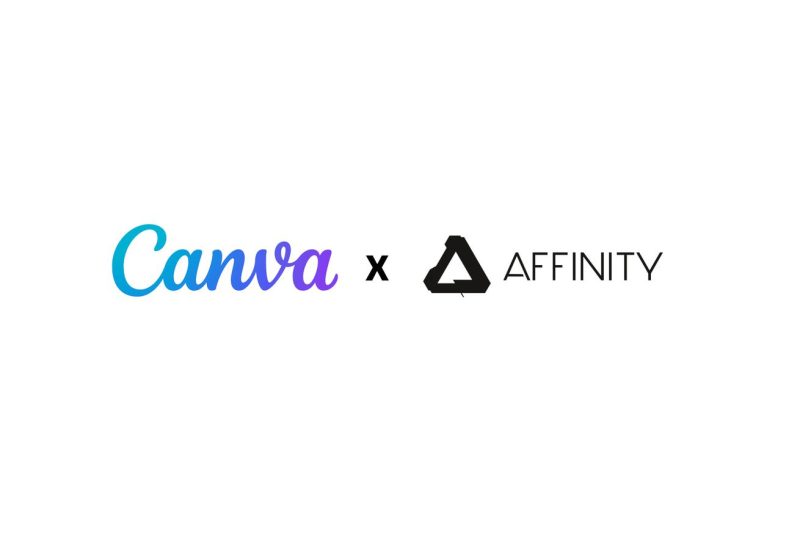Canva Acquires Affinity to Fill the Adobe-Sized Holes in Its Design Suite
The design world is abuzz with Canva’s recent acquisition of Affinity, a move that signals Canva’s intent to bolster its offerings and challenge the dominance of Adobe in the design software space.
Canva, known for its user-friendly interface and extensive library of templates, has rapidly gained popularity among designers, marketers, and businesses looking to create professional-looking graphics with ease. However, Canva has long been criticized for lacking the advanced features and capabilities that Adobe’s suite of design tools offers.
The acquisition of Affinity, a powerful design software suite developed by Serif, is a strategic move by Canva to address these shortcomings and compete more effectively with Adobe. Affinity’s suite of software, which includes Affinity Designer, Affinity Photo, and Affinity Publisher, is lauded for its robust feature set, professional-grade tools, and seamless integration across different platforms.
One of the key advantages of the Affinity suite is its ability to handle complex design tasks that Canva struggles with, such as advanced photo editing, vector illustration, and desktop publishing. By integrating Affinity’s capabilities into its platform, Canva aims to provide users with a more comprehensive design solution that can meet a wider range of needs.
The acquisition of Affinity also positions Canva as a more serious competitor to Adobe in the design software market. While Canva has primarily targeted casual users and small businesses with its easy-to-use interface and affordable pricing, the addition of Affinity’s advanced features may attract more professional designers and creative professionals to the platform.
Moreover, Canva’s acquisition of Affinity demonstrates its commitment to innovation and growth in the design space. By investing in expanding its capabilities and enhancing its product offerings, Canva is positioning itself for long-term success and sustainability in an increasingly competitive market.
Overall, Canva’s acquisition of Affinity represents a significant development in the design software industry, with the potential to reshape the landscape and provide users with more choices and alternatives to Adobe’s dominant position. As Canva continues to evolve and expand its platform, it will be interesting to see how the integration of Affinity’s features will enhance the user experience and solidify Canva’s position as a major player in the design software market.





























